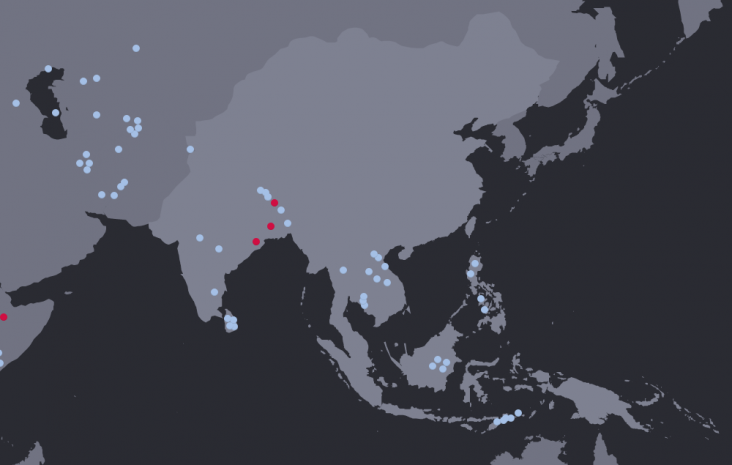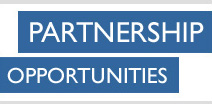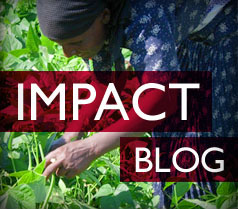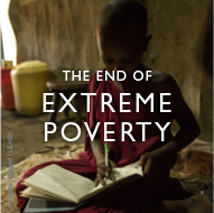- Where We Work
- Interactive Map
- Afghanistan and Pakistan
- Africa
- Asia
- A Commemoration: 10 Years After the 2004 Indian Ocean Earthquake and Tsunami
- Bangladesh
- Burma
- Cambodia
- China
- India
- Indonesia
- Kazakhstan
- Kyrgyz Republic
- Laos
- Maldives
- Nepal
- Pacific Islands
- Philippines
- Sri Lanka
- Tajikistan
- Thailand
- Timor-Leste
- Turkmenistan
- Uzbekistan
- Vietnam
- Central Asia Regional
- Asia Regional
- Europe and Eurasia
- Latin America and the Caribbean
- Middle East
- Mission Directory
It is an exciting and pivotal time for U.S. engagement in the Asia region. As the most dynamic, fastest growing region in the world, it is one of the main drivers of the global economy.
More people live in Asia than anywhere else on the planet. Hundreds of millions have been lifted out of extreme poverty over the past few decades, contributing to economic growth, regional stability and a growing middle class. This presents tremendous opportunities to create American jobs, and support regional and global security and prosperity.
Yet with rapid economic growth comes complex development challenges. The Asia region still has roughly half the world’s extreme poor, 70 percent of the world’s malnourished children, and the majority of all natural disasters. A host of other development challenges hold the region back, from emerging pandemic threats that undermine global health security and disrupt economic productivity, to pervasive modern slavery that breaks down the rule of law and corrupts global commerce.
The Indispensable Role of Development
Behind the Asia-Pacific Rebalance is the recognition that the region is hugely consequential to our own future. And the long-term success of the region will be determined by the development decisions made today by the countries of Asia — decisions that impact the global economy and jobs, the air we all breathe, the world’s food supply, and whether our planet is plagued by conflict or peace.
USAID not only lends a hand during times of humanitarian crisis or natural disaster, but we partner with countries over the long haul to help them develop into more reliable partners in tackling the world’s most pressing development challenges — which in today’s interconnected world, know no borders.
We’re leveraging resources and expertise at every opportunity to achieve results:
- In Indonesia, USAID has helped reduce multidrug-resistant tuberculosis mortality by over 80 percent over the past five years with the introduction of cutting-edge American technology.
- In Sri Lanka, with USAID elections support, the people went to the polls twice in 2015 to demand dramatic political changes in their government. These elections have completely transformed the U.S.-Sri Lanka relationship, offering an opportunity for a stronger bilateral relationship in the future and leading to greater cooperation on both diplomatic efforts and human development objectives.
- In part due to USAID, Cambodia has met its Millennium Development Goals on maternal and child mortality way ahead of schedule and reduced HIV prevalence by more than 50 percent, paving the way for setting the ambitious goal of zero new HIV/AIDS cases by 2020.
- In Burma, USAID provided over $18 million — more than any other donor — in support of the 2015 elections that resulted in the first civilian-led government after more than 50 years of military dictatorship. We continue to partner with the people of Burma to help the new government deliver on critical political and economic reforms.
- In the Philippines, USAID’s support is leveraging $40 million a year of Philippine government funds for collaborative research and scholarships with American universities, at a ratio of 20 to 1 for the first year alone.
- With USAID assistance, Bangladesh recently achieved self-sufficiency in rice production through the widespread adoption of higher yielding, climate-tolerant rice.
- USAID partners with Indonesia to help conserve its rich biodiversity. USAID supports the Indonesia Palm Oil Pledge, a commitment by the world’s leading palm oil producers to transition to sustainable production that breaks the link with deforestation. The bulk of Indonesia’s greenhouse gas emissions come from deforestation — a global problem the world has woken up to with the 2015 forest fire crisis that blanketed the region in haze.
- In Vietnam, USAID works in close coordination with other U.S. Government agencies to promote and support implementation of reforms critical to expanded participation in the global economy and that improve our access to Vietnam’s growing market for U.S. exports.
- In the aftermath of the devastating April 2015 earthquake in Nepal, our support has helped jumpstart the agricultural sector, rebuild livelihoods, get children back in school, train home builders in earthquake-resistant methods, prevent disease outbreaks and maintain healthy communities.












Comment
Make a general inquiry or suggest an improvement.